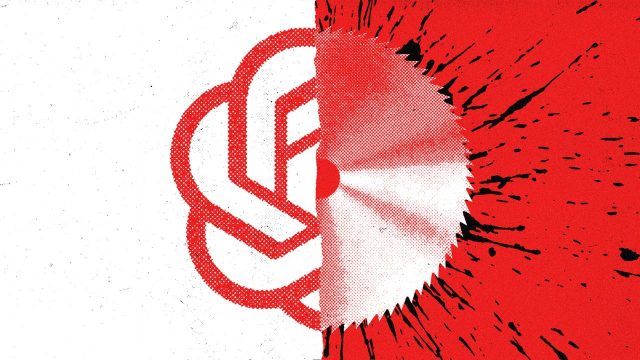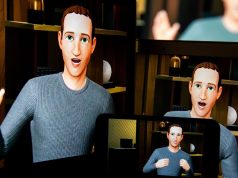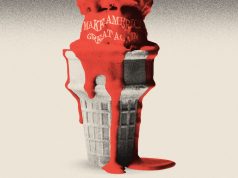
OpenAI’s latest update of Sora, its text-to-video-creation tool, generates such realistic-looking content that misinformation experts are warning of media manipulation on an entirely new scale.
Sora, along with Meta rival Vibes, is part of a “burgeoning family of AI tools” that allow people to create and share “hyperrealistic or fantastical content” for free, with only basic tech knowledge, said CBS News. And new with Sora 2 is a social feed that allows users to share the videos they generate, creating a “Tiktok-like experience”.
When Open AI launched the original Sora last year, it contained many “errors” but the ramifications of its technology were “felt far and wide”, said Rolling Stone. The much improved Sora 2 only upscales its “potential for disinformation”.
‘Copyright-infringing AI slop’
There is “a long history” of OpenAI “moving fast, breaking things, and mopping up later”, said TechRadar. Not long after it launched, Sora 2 has melted down into a “messy pile of potentially copyright-infringing AI slop”, said Futurism. Users have been bombarded with videos of SpongeBob SquarePants meth labs, mock “South Park” episodes and – because Sora2 allows the use of “likenesses of the dead” – deepfakes of actor Robin Williams and scenes of physicist Stephen Hawking being “brutalised in horrible ways”.
OpenAI is currently “burning through cash” as unexpectedly high numbers of Sora users generate “countless resource-intensive AI videos”. Despite the quality of the technology, there’s no indication that users will willingly pay to keep using it, so “turning Sora 2 into a source of revenue won’t be easy”.
The energy needed to generate the videos is considerable, said Rolling Stone, citing MIT research that even a “short, non-high-definition clip may require more than 700 times the energy required to produce a high-quality still image”. This has already put “significant strain” on OpenAI’s servers and the US electricity grid, and requires a “tremendous amount of water” to cool data centre hardware.
Control the ‘Frankensteinian monster’
Hollywood has long been awash with fear of actors being supplanted by AI and dead actors’ images and voices being used in AI-generated video material, said Ars Technica. Back in 2023, Robin Williams’ daughter, Zelda, called AI recreations a “horrendous Frankensteinian monster”. But now, faced with the reality of what the technology can do, she has made a public appeal to Sora fans to “please stop sending me AI videos of Dad”.
OpenAI CEO Sam Altman has appeared apologetic about the use of actors within Sora. His company will offering an opt-out from “Sora cameos for public figures who are recently deceased” but a spokesperson insisted on the “strong free speech interests” in the continued use of images of “historical figures”.
Sora does “have guard-rails” for now, said Vice. OpenAI has installed a “moving watermark”, with an opacity that is “turned up higher than most”, as a sign that a Sora video is not real. But “how long will it be before people find a way to remove it?” Much more needs to be done to stop “inflammatory videos” of “something that never happened” fooling people into violence and “insurrections”.
Cutting-edge video-creation app shares ‘hyperrealistic’ AI content for free




